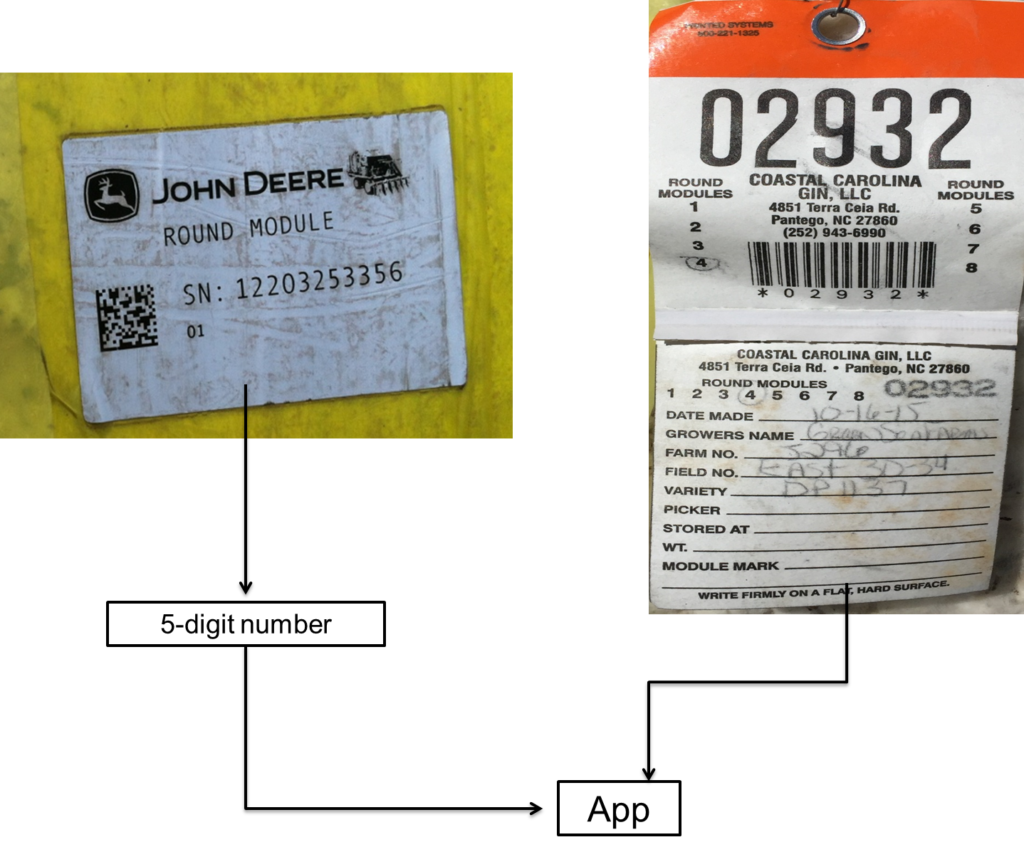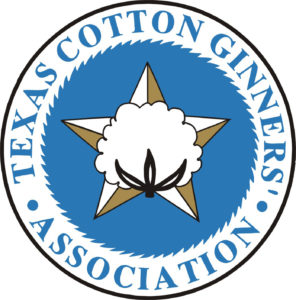
Project: RFID tag system for cotton gins, Cotton Ginners Association, Texas
Sponsors: Texas Cotton Ginners Association: Kelley Green, Ed Barnes, John Wanjura
Team Members: Drew Blanchard, Alex Gonzalez, Tanner Pochmann, Benjamin Spradlin, Stacy Sullivan
Faculty Advisors: Dr. Ron Lacey, Greg Stark
Currently, cotton is packed into three different types of modules for transport from the field to gin, where a five digit number is then assigned to each module in order to help track the modules and identify the producer name, location and date picked). Paper tags with the five digit number and a corresponding bar code are currently placed onto standard modules and case half-modules. But John Deere recently introduced a new system: one in which RFID tags are placed inside the wrap of round modules during picking. The new system forces gins to retrofit the current numbering standard onto the new module by grouping together four to six round modules and assigning each group a five digit number. This leads to confusion between producer and ginner: individual round modules are not labelled with the five digit number.

The design objectives call for an application that can scan RFID tags from cotton modules, append these to a database, send the database to the cotton gin, and use GPS to track cotton module’s location. Development of the app must consider similar existing solutions and patents, thus the team also researched for solutions used by other industries and as well as coding software and databases. The team will provide their client with a complete technical roadmap and their recommendations regarding which databases and are the most appropriate for the Texas Cotton Ginners Association. The team will present a proof of concept for an entirely new mobile app that tracks cotton modules and bales more efficiently both before and after the ginning process. It will scan the RFID tag on the cotton module, send that information to the gin, thereby allowing producers and ginners to easily link five digit numbers to groups of round modules.

 WEF Nexus Research Group
WEF Nexus Research Group